News
Potential of Non-Timber Forest Products for a Sustainable Economy

Portal BIOCF
Monday, 18 November 2024 Post 12:11 AMIndonesia's forests are one of nature's priceless gifts. It contains not only ecological wealth that maintains the balance of the earth, but also extraordinary economic potential. This includes forests in the Production Forest Management Unit (KPHP) Unit VIII Hilir Sarolangun area, Jambi Province, which manages 110,372 hectares of forest. This area consists of various types of land cover, including secondary forests, which experienced a decrease in area of 8,576 hectares (7.77 percent) between 2000 and 2019. To overcome the decline in the amount of cover while still paying attention to the economic interests of communities around the forest, one way to optimize the presence of non-timber forest products (NTFPs) can be done.
NTFPs are a great opportunity for local communities to improve their welfare in a sustainable manner. NTFP management in this region can also be a clear example that Indonesian forests not only produce wood, but also various products of high economic value which can improve the economy of local communities and increase the country's foreign exchange. The diversity of NTFPs in the Sarolangun area includes products such as kepayang oil, forest honey, mountain salt, semangkok flowers, rattan, bamboo, citronella and sengkawang oil. Each of these products has its own value, both as an economic resource for local communities and as a symbol of Indonesia's natural wealth that must be protected. One of its superior products is kepayang oil, which is known as cooking oil without cholesterol, rich in natural omega-3s, and free of pesticides. In addition, this oil is processed into derivative products such as soap, lotion and "Kepayang Message" massage oil, which opens up new economic opportunities for the community.
Apart from kepayang, local people also produce mountain salt from natural salt water which is rich in iodine. Even though it still uses traditional methods, this salt has been marketed as far as Java. Technological support is expected to increase production efficiency and quality. Utilization of forest honey from Apis dorsata bees in this area also supports ecosystem sustainability. Sustainably harvested forest honey has become a superior product with high quality. Rattan and bamboo also contribute through various handicrafts produced by forest farmer groups, such as mats and miniature cruise ships. This business involves housewives, while also preserving forests. Citronella and sengkawang oil are other commodities with high economic value. Citronella is processed into essential oil for beauty products, while sengkawang oil is sold at high prices, reflecting the diverse potential of Indonesia's forests which supports a sustainable economy.
However, the successful management of NTFPs in Jambi also requires the support of various parties, including one initiative involving KPHP Unit VIII Hilir Sarolangun as the program implementing unit, namely BioCarbon Fund Initiative for Sustainable Forest Landscapes (BioCF ISFL). This World Bank-funded program seeks a comprehensive approach in supporting sustainable economic development, environmental conservation and community empowerment.
Emission reduction
The BioCF ISFL program in Jambi aims to support sustainable forest and landscape management, with a focus on reducing emissions from deforestation and forest degradation, while improving community livelihoods. In the context of managing NTFPs in KPHP Hilir Sarolangun, this program can be a concrete example of involving various parties to realize positive initiatives, for example in terms of providing technical assistance and training for local communities. This program provides training to local communities to improve the quality of NTFP products, such as kepayang oil, forest honey and rattan. This assistance includes sustainable production techniques, packaging, and marketing strategies.
Apart from that, there is infrastructure support and technology transfer where this program involving the Ministry of Environment and Forestry as the National Technical Commission helps increase production efficiency, in terms of providing modern equipment for refining essential oils, honey processing technology and mountain salt processing. With this technology, people are able to increase production output and product quality. Through this program, various NTFP products from Jambi, such as forest honey and kepayang oil, have been introduced to the national and international markets. For example, forest honey from this area was exhibited at forestry product exhibitions. Forest farmer groups in this area also receive business management training, so they are able to run NTFP businesses more professionally and sustainably.
Through this program there is also education for the public about the importance of preserving forests. This approach ensures that the use of NTFPs is carried out without damaging the ecosystem, such as through sustainable honey harvesting techniques. In the future, more programs like this need to be developed as a real form of collaboration between the government and development partners in implementing strategic interventions to support NTFPs. In the future, it is also time to develop data-based landscape planning because mapping of potential NTFPs using geospatial technology can be more precise in determining priority areas for sustainable NTFP development. Various emission reduction initiative programs must also be directed at encouraging green investment through partnerships with the private sector, such as companies that purchase NTFP products directly from farmers or forest farming groups.
NTFPs must also be integrated into climate change mitigation strategies through reducing carbon emissions from deforestation, which also provides additional benefits in the form of financial incentives to local communities. The success of intervention through emission reduction programs in Jambi forests will ultimately be seen from various important parameters, including increasing the welfare of communities around the forest. With increasing income from NTFPs, people are not only able to meet their daily needs, but also access better education and health services.
In addition, an approach that integrates forest landscape management and economic development will be proof of the program's effectiveness in reducing the rate of deforestation and improving environmental quality. So in the future, it is hoped that Jambi's forests can provide a concrete example that the potential of NTFPs can be developed as an economic driving force that is in line with environmental conservation.
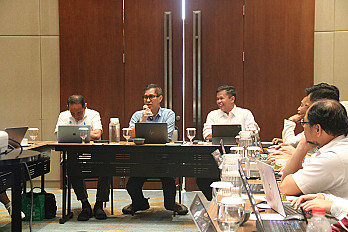
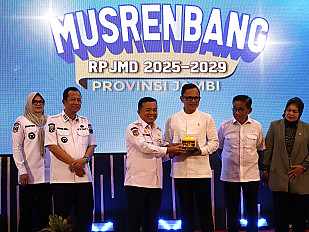
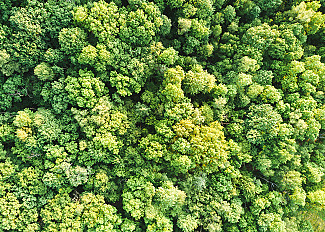

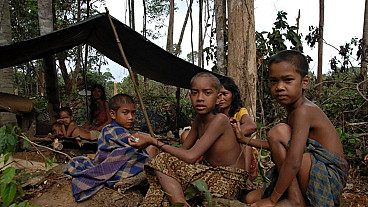
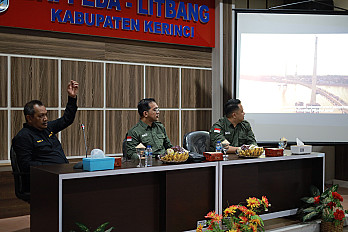

-thumb.jpg)